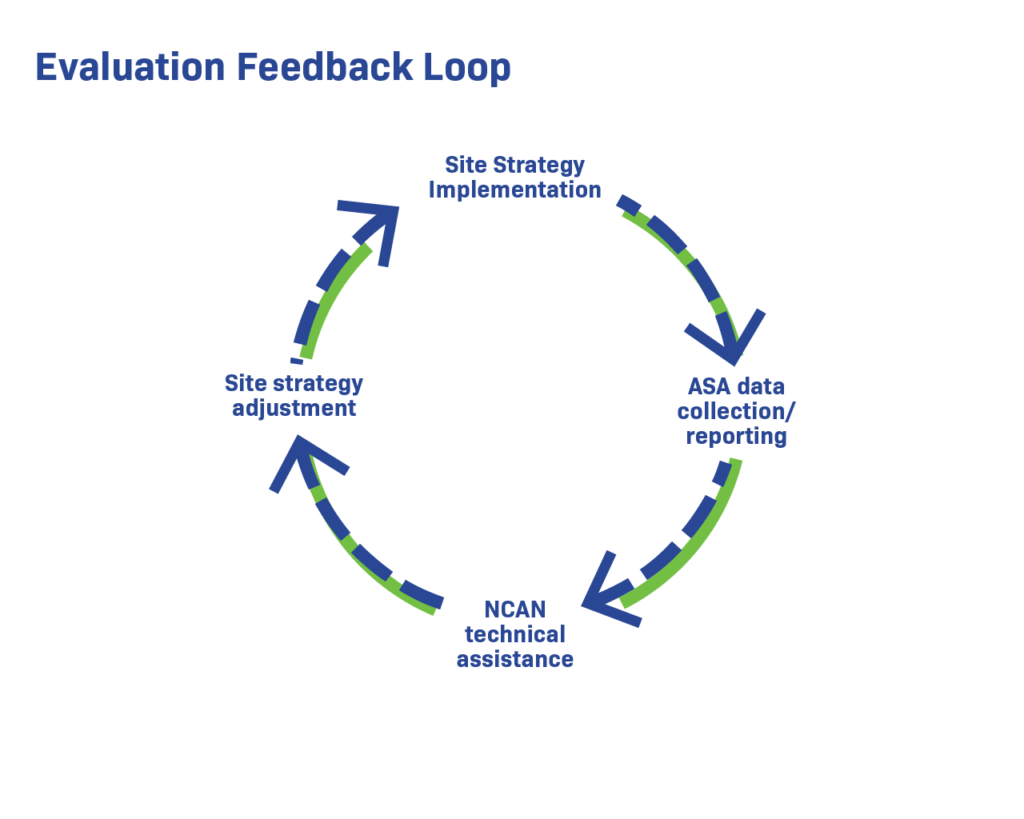FAFSA Completion Challenge Evaluation
The National College Attainment Network (NCAN) selected ASA as the independent evaluator for the 2018-2019 FAFSA Completion Challenge – FAFSA completion being a major barrier to college access and enrollment for low-income students – Funded by The Kresge Foundation and Ascendium Education Group. ASA conducted a mixed methods evaluation and developed and recommendations for increasing FAFSA completion rates across the 25 participating cities. Through the evaluation, ASA prepared blogs, case studies, evaluation reports, and presentations relating key practices common among successful FAFSA Completion Challenge grantees and highlighting the essential conditions, promising practices, challenges and lessons learned to inform and support other cities, communities, or school districts looking to boost FAFSA completion rates.
The objectives of ASA’s NCAN FAFSA Completion Challenge evaluation were to identify: 1) promising practices for increasing FAFSA completion, 2) common challenges to furthering FAFSA completion rates, and 3) strategies for overcoming those challenges.NCAN selected 25 U.S. cities to participate in the grant and challenged each of the grant recipients to increase their FAFSA completion rates by at least 5 percentage points in one year for the graduating high school class of 2019.
The evaluation utilized site visits, surveys, focus groups with staff and students, interviews, and data collection and monitoring, and incorporated the following elements into its evaluation:
- Mixed methods. ASA collected and analyzed both quantitative and qualitative data.
- Formative and summative. We evaluated the implementation of Completion Challenge strategies, and the strategies themselves based on outcomes and feedback.
- Iterative. The evaluation continually adapted to the changing strategies and needs of the sites and their partners.
- Culturally responsive. The evaluation took into account the local and state policy and cultural context of each site, including families’ demographic characteristics.
- Collaborative. The evaluators worked closely with NCAN and each of the 25 sites (see “Feedback Loop,” below).
- Multi-site. Given the nature of different types of organizations employing different strategies for varying numbers of high schools and student populations, the evaluation utilized tools to help standardize findings across sites.
- Actionable. The evaluators provided feedback to NCAN, which then tailored technical assistance based on initial findings about challenges and promising practices.
Reports


